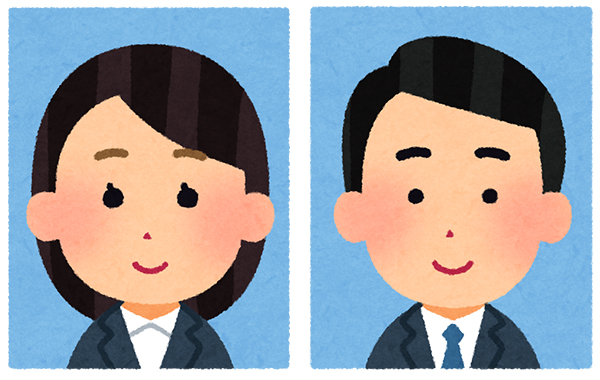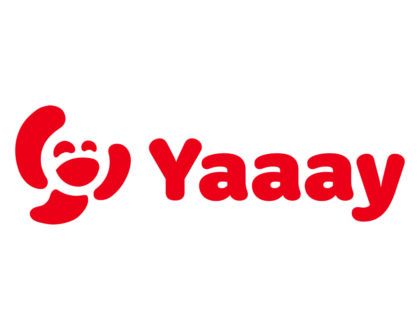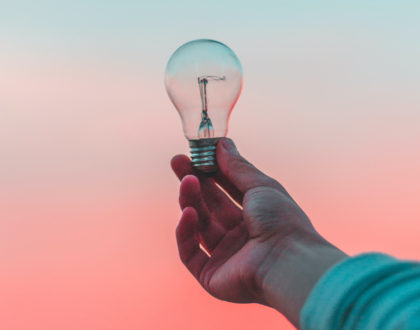Taking the Perfect Resume Picture in Japan – A Guide
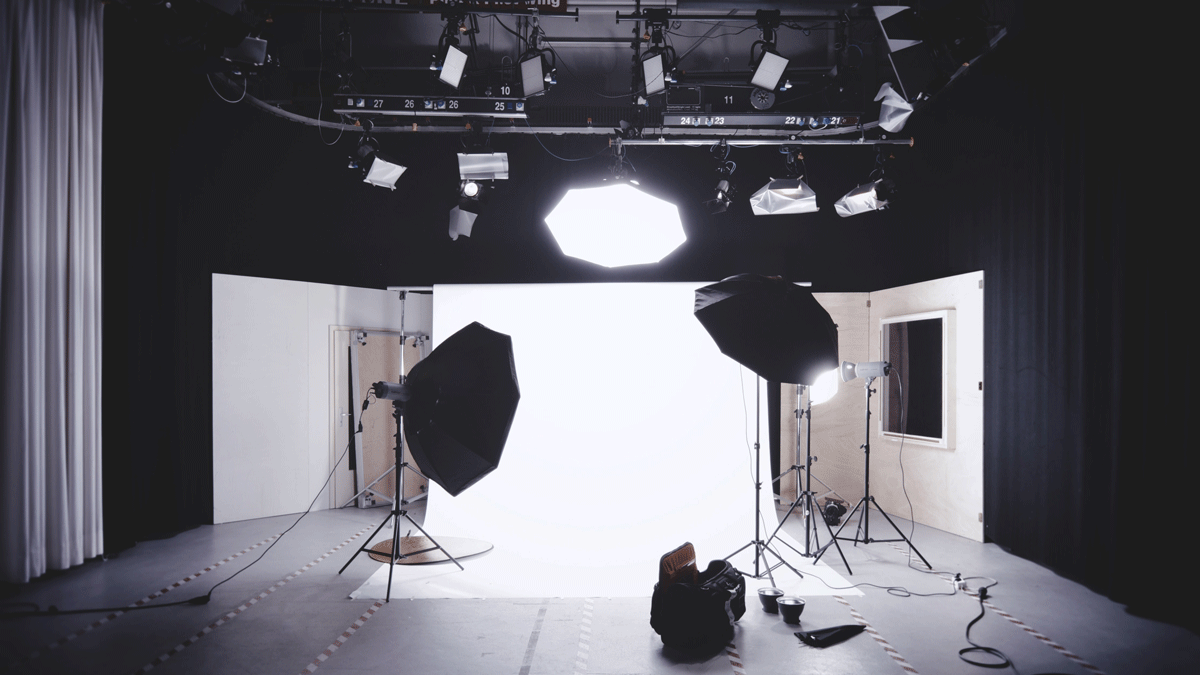
by Madelaine
A picture on resumes is a must in Japan. Without one the application may be discarded altogether because it doesn’t comply with the standard requirements. This article introduces what to look out for and where to bets take your resume picture.
コンテンツ
Why do I need a picture on my resume?
Many other countries nowadays ban pictures on resumes, but in Japan, it is still common practice for two reasons.
First, it is used to check your identity when attending a job interview.
Second, with Japanese recruiters focusing not only on the skills but also on the personality of the person, it gives them a better impression about who to expect.
While this practice raises some eyebrows, if you want a job in Japan you need to play along. Don’t worry, Japanese companies are less selective and obliged by law to consider every application. So if someone gets dismissed based on their profile picture it’s because they didn’t follow the rules below.
Picture requirements
Criteria your resume picture needs to fulfill
- ✔ 3cm width, 4cm height
- ✔ taken within the last 3 months
- ✔ in color, facing the camera, clear headshot, nothing else in the picture
- ✔ business attire
- ✔ smile softly and open your eyes
When taking your resume picture get ready and dress up the exact same way you would for an interview. From suits to hairstyling, you want to make sure that when they do interview you they are going to see the same person in front of them and on the picture, and not two versions.
It is important to convey the same impression both on the picture and in person. So if you do not wish to retake your picture, don’t change your hairstyle or other things that can cause a dissonance too much.
Dress Code
Above I introduced the basic requirements for your picture. To get a picture that leaves a good impression with the recruiters, also follow the points below.
Clothes
Make sure to wear a jacket when taking the picture. For new graduates the color scheme is the black and white of standard recruit suits, otherwise, calm colors like black, grey, and navy are recommended. Strong colors should be avoided.
Men should close all buttons and wear a plain necktie.
Women can wear the top bottom of their shirt open.
Posture
Look into the camera and sit up straight. Your shoulders should be relaxed and at an even height.
Hair
Pull your hair out of your face, to not hide anything
Short hair needs to be styled with wax to give it a good shape and some texture. While bed hair is not acceptable, neither is overdoing it with the pointy ends.
Long hair should be tied back to avoid covering up your collar.
For colored hair make sure your roots didn’t grow out.
Makeup
Men don’t need to worry about makeup but taking care to have clean skin and covering up outstanding blemishes is a good idea.
Women should go for natural makeup and use faint colors for lips and cheeks. Using makeup is part of the business etiquette for women in Japan, so don’t skip it.
Where to take your picture
Studio
Since a lot rides on your application and many foreigners often don’t know how to dress and get ready appropriately, getting a professional to take your picture is an investment that will pay off. Studios may seem like it will take a lot of time, but at most places you can get the pictures on the same day within the hour.
They know what they are doing and you won’t only get high-quality pictures, but they will help you look your best. The staff can help you pick the right clothes, do your makeup and hair (also available for men!), and the photographer will help you with your posture and expression to make sure to get a good shot.
A typical session would be like this
- Reception sheet
- Counseling session
- Dressing, hair, and makeup (if requested)
- Photoshoot
- Selection of picture
- Editing and printing
Prices vary widely based on what kind of services you sign up for. A basic plan at a general photo studio with only the photo shoot, 10 pictures and a data CD costs around 5,000 Yen. If you want the whole deal of hair, makeup, etc. then you should plan 10,000Yen. Prices can go up to 15,000 Yen, but studios will frequently have discount offers. So shop around for a good deal. Choosing only some services will also help to reduce your bill.
Commonly available options include
- Makeup (full or touch-up)
- Hair
- Choosing the picture by yourself
- Photo retouch
- CD
- Number of Pictures
Maybe you can do outfit and hair by yourself, or you choose a touch-up rather than a full makeup. The number of pictures and whether you want a data CD, pick the picture yourself, etc. are other areas where you can save a few 1,000 Yen.
Photo Booth
The popularity of the photo booth is easily explained: it’s fast and cheap.
On the downside, the pictures are often unfortunately lit and don’t quite turn out the way they thought you would. Sometimes it’s the machines, sometimes it’s you, sitting for the picture in a strained position or having missed that red spot or rebellious strand of hair.
If you still think a photo booth is the best option for you keep in mind the following things to get an okay picture.
Photo booth checklist
- Check if the camera lens is clean
- You want to sit slightly higher.
- Pull your chin in a little (too much looks childish).
- Make sure your glasses don’t reflect.
- Look into the middle of the lens.
- Check that necktie and shirt collar are straight.
The price range for ID pictures is 500-800 Yen. Try one of these photo booths below for the best result in this category:
・証明写真機 Ki-Re-i Excellent
・富士フィルム City Photo Station
・日本オート・フォート 証明写真
・Digital 証明写真 プロ写真館
Smartphone App
There is one more option for real cheapos and adventurous minds. All you need are a smartphone, the app 【履歴書カメラ】and a convenience store printer.
The app (in Japanese for iPhone and Android comes with a guide and lots of pictures that show how to take a good picture. A Japanese camera app wouldn’t be complete without the ability to prettify yourself, making your skin smoother, and giving you that certain glow.
The big benefit here compared to photo booths is that you can take as many pictures as you like until you find the perfect shot. Also, if you really like the shot, you can just print it again when you run out of pictures, anywhere with a convenience store around.
The downside, same as with photo booth is that you have no second opinion on your “professional look” and there is the possibility of ending up with a bunch of failed awkward-selfie-arm shots.
I’d love to hear which option worked best for you!
Keep Reading How to write a Japanese resume
Recommended Posts
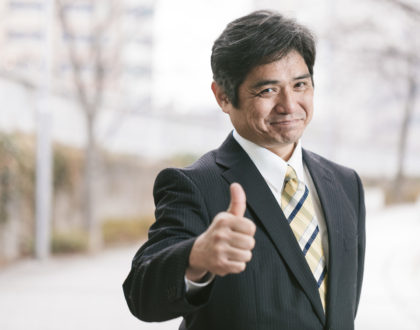
How to Get Along with Your Japanese Boss
25 5月 2021 - Work, Working Culture

